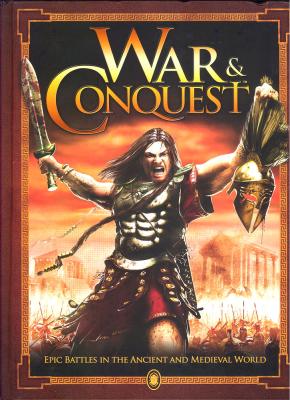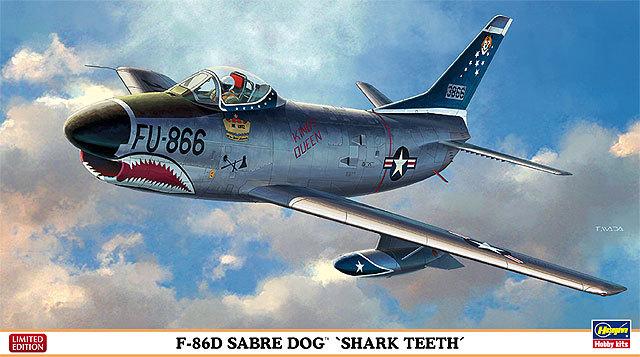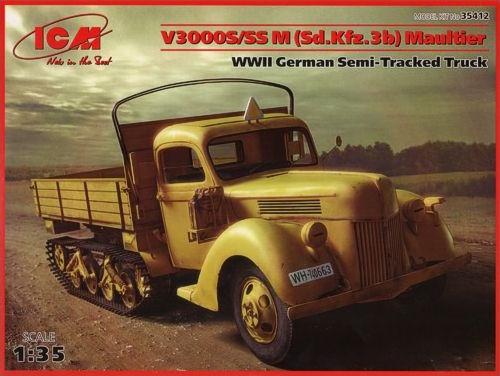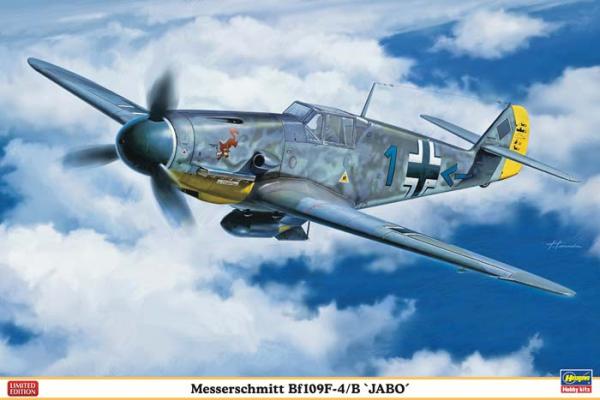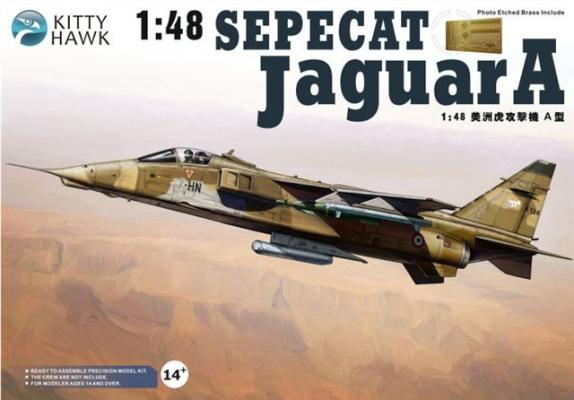I started war gaming when I was in high school because I was always interested in military history. I’ve also wondered about the “what if” scenarios of different battles. My interest in the subject just stayed with me through college and even into the Navy. I remember while I was at the anti-submarine warfare base in San Diego, California, my barracks room mates and I used to push our bunks out of the way and play General Quarters, metal warships and all. So when they wanted someone to review the War and Conquest rules book, I just had to jump at the chance to do it.
Welcome to the IPMS/USA Reviews site!
Introduction: The primary organization of the IPMS/USA Review website is by IPMS/USA National Contest Class. Within each Class there are sub-menus by kits, decals, books, etc. The Miscellaneous Class is for items that are not class specific or that cross two or more classes.
IPMS/USA Members: We encourage you to submit reviews, both here and to the Journal. To volunteer for membership in the IPMS/USA "Reviewers Corps" and submit your own reviews, please read the Guidelines For Submitting Product Reviews.
Manufacturers, publishers, and other industry members: IPMS/USA is pleased to offer your company the opportunity for product reviews. All product reviews are performed by IPMS/USA members, and are posted in the publicly-accessible section of our website. With very few exceptions, we perform full build reviews of new kit releases, aftermarket products, and supplies. If you would care to provide product samples for review, please contact John Noack, IPMS/USA 1st VP.
To learn more about IPMS/USA, please see our About Us page.
I happen to love F-86s in any shape or form, and the “D” is one of my favorites. I have built a few in the past in most scales and welcomed this one by Hasegawa in 1/72 as I never built one in this scale.
With this kit, Hasegawa chose to do it in the unusual “Shark Mouth” markings. This is a pleasant change from the usual marking as seen on most “D” models.
Upon opening the box, I was greeted with the usual Hasegawa silver plastic in four sprues, plus a clear one. The moldings were crisp with engraved panel lines. I had looked at an older kit of the “D” by Hasegawa and it seems to be the same kit, only with new decals.
Assembly was straightforward with no fit problems. The wings went on without the need of filler. One must remember to add a weight to the nose to prevent tail dragging. The cockpit was very nice; however, I think that seat harnesses could have been molded to the seat for a better look. I added some from tape.
During WWII, the German Wehmacht used a varity of truck types for their supply system. The most numerous were the 3-ton trucks, and of these many were the V3000S, produced at the Ford plant in Cologne. With the invasion of Russia, it quickly became obvious that tracked vehicles were vital if supplies were to be delivered. A solution was found to develop an add-on track system that could be bolted to the frames of different types of 3-ton trucks. When added to the Ford V3000S, it became the V3000S/SSM (Sd.Kfz.3b) Maultier. The Opel truck became the Sd.Kfza, and so on; they were all called Maultiers (German for mule).
I recently built the Hasegawa 1/32 scale Bf-109 F4 “Jabo” version. This was a great kit to build. In fact, if by some miracle I win the lottery or find a decently paying job, I actually plan on picking another one up.
The decal sheet gives you three versions to build: Oberleutnant Frank Liesendahl from 10 Jabo /JG2, Unteroffizier Felix Sauer from 10 Jabo /JG53, and Oberleutnant Werner Langemann, 10 Jabo /JG53. Unlike the Hellcat I reviewed a short while ago , the decals for this kit were crisp, clean, and really well done. The white is a clean, bright white, and the Blue 1 I plan on using for Liesendahl’s aircraft looks like it will stand out when applied.
History – The SEPECAT Jaguar is an Anglo-French jet ground-attack aircraft, originally used by the British Royal Air Force and the French Armée de l'Air in the close air support and nuclear strike role, and remains in service with several export customers, notably the Indian Air Force and the Royal Air Force of Oman.
Originally conceived in the 1960s as jet trainer with a light ground attack capability, the requirement for the aircraft soon changed to include supersonic performance and reconnaissance and tactical nuclear strike roles. A carrier-based variant was also planned for French service, but this was cancelled in favor of the cheaper Dassault Super Étendard. The airframes were manufactured by SEPECAT (Société Européenne de Production de l'avion Ecole de Combat et d'Appui Tactique), a joint venture between Breguet and the British Aircraft Corporation, one of the first major joint-Anglo-French military aircraft programs.











